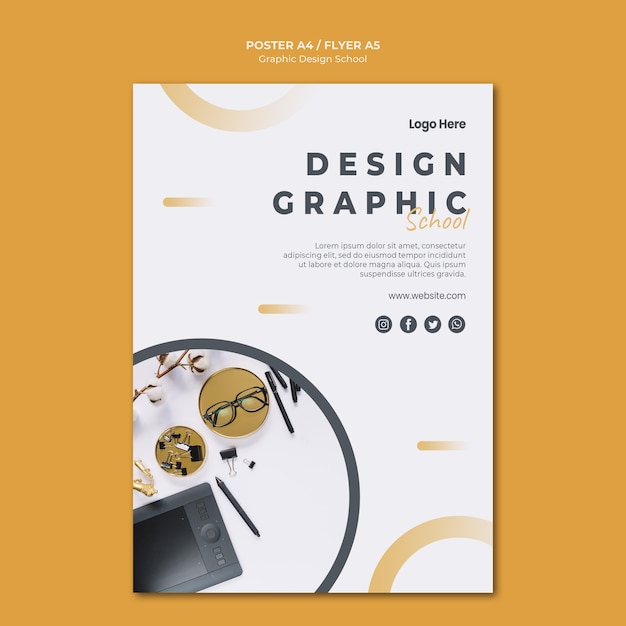
Not really used for posters, but more suited for business cards.This downloadable HSPH Poster Template is for a color poster that is 36″ high x 42″ wide.

But of course, you have to consider personal preference, pricing, the location of your poster, and the longevity of your campaign. The paper you choose depends on many factors, including the capabilities of your printing company. The poster world feels so rock'n'roll, doesn't it? Poster Paper WeightĪgain, there are no rules here either. Just talk to your printing shop to see what sort of custom poster you can create. Posters are printed on rolls of paper (not on sheets) so they can be cut in any dimension you want. But also don't be afraid to experiment and work with your own custom sizes. They are used by printing companies all over the world.

If you are designing a poster of your own, you can’t go wrong with the dimensions we described above. Why? It’s the best size for displaying blueprints and maps. We know it sounds confusing, but bear with us.ġ8 x 24 inches is also known as the Architectural C dimension, which is the US standard for architectural paper.
#Design posters templates movie
It’s slightly larger than the A2 format, yet a bit smaller and wider than the standard movie posters you find in theatres. Medium Posters: 46 x 61 cm / 18 x 24 inches Also, try experimenting with negative space. This poster size is great if you are designing your poster yourself for your small brand or business, as it’s compatible with most home and office printers.Ī poster with these dimensions looks great with eye-catching typography, minimalist illustration, and a simple yet powerful color palette. They are best placed at eye level so keep that in mind when you’re plastering them around.

That is why this poster size is just right for indoor displays, especially in areas where people meet like cafeterias, lounges, or waiting rooms. They command the attention you need without requiring too much space. But outside the metric system, it’s also called the Ledger (when the long side is horizontal), or Tabloid (when the short side is horizontal) and adheres to the international sizing standard ANSI B. It’s twice the size of a piece of printer paper (aka A4). The smallest common poster size is the A3 format. Small Poster Size: 28 x 43 cm / 11 x 17 inches So let’s have a closer look at all these dimensions. Poster sizing will largely depend on the purpose your poster is going to serve and where you want to display it. Large Poster Size: Architectural D / 61 x 91 cm / 24 x 36.Medium Poster Size: ~ A2 / 46 x 61 cm / 18 x 24 inches.Small Poster Size: A3 / 28 x 43 cm / 11 x 17 inches.These are the four most common poster sizes: But generally speaking, most printing companies or sign holders accommodate to some standards. There’s no right or wrong when it comes to poster dimensions.


 0 kommentar(er)
0 kommentar(er)
